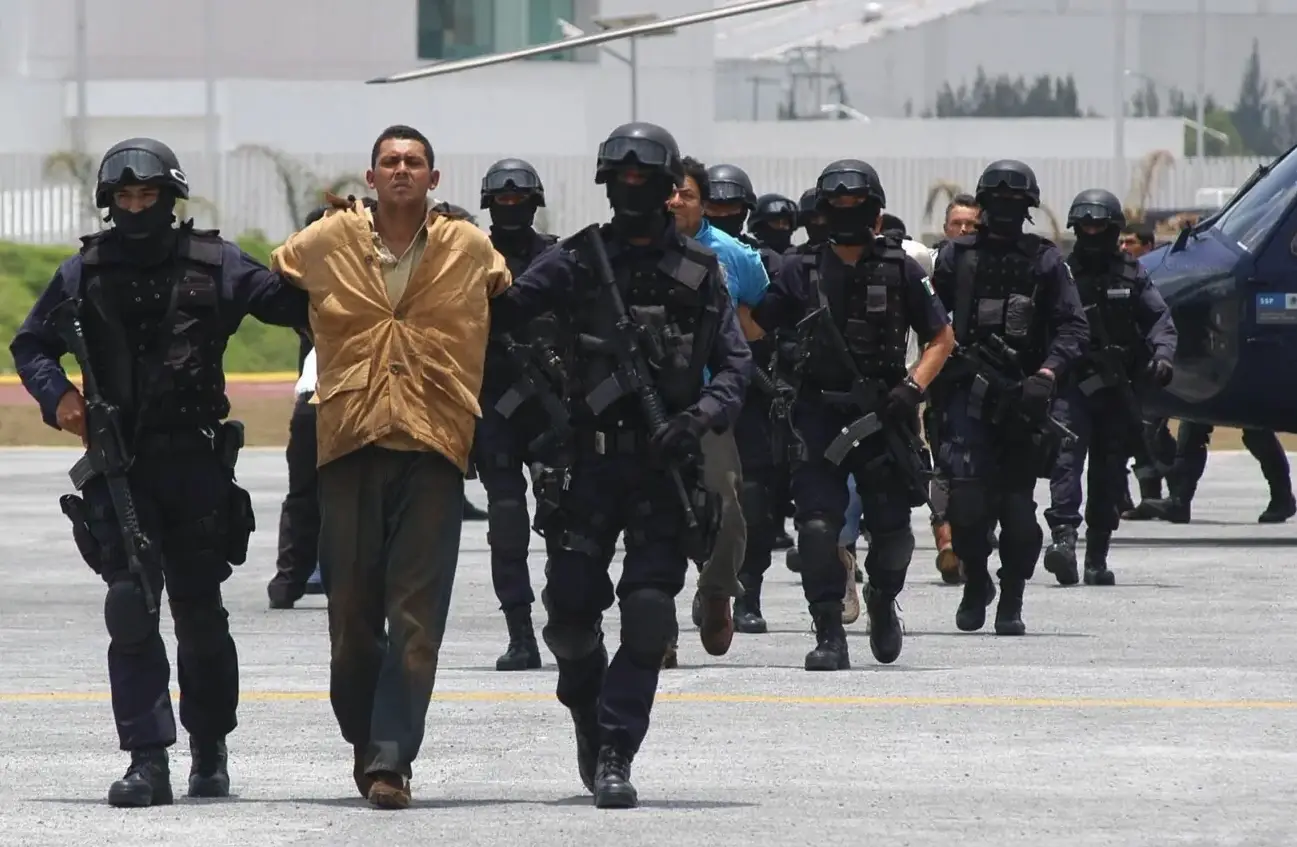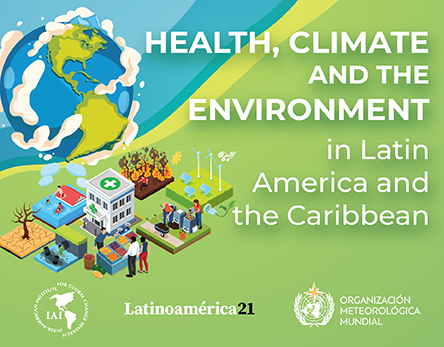The fifth wave of organized crime promises to be a true tsunami for societies in Latin America and the Caribbean. The combination of technological advances, climate crisis, institutional fragility, and geopolitical rivalry is creating the perfect cocktail for a more agile, decentralized, and likely much more difficult-to-combat criminal ecosystem.
Phil Williams, an internationally renowned scholar and emeritus professor at the University of Pittsburgh, projects that by 2040 transnational criminal networks will have the ability to integrate artificial intelligence, cryptocurrencies, and drones into their operations while taking advantage of corruption and political instability to expand their influence.
According to his report, human trafficking will become one of the most profitable criminal activities, exploiting the massive migrations of vulnerable populations affected by war and natural disasters. Millions of people will be exploited in forced labor and prostitution networks, fueling an ever-expanding illicit market. How can we prepare?
A structural challenge in Latin America
To understand where this fifth wave comes from, it is essential to recognize that organized crime has evolved in different phases. Initially, traditional mafias emerged in Italy, China, and Japan, with hierarchical structures and territorial control. Later, drug trafficking, especially heroin and cocaine, consolidated international routes and sophisticated distribution networks. With globalization and neoliberal policies, smuggling and illicit trade across more permeable borders became easier. Currently, cybercrime exploits the internet for illicit activities, expanding its global reach. Recently, money laundering networks using cryptocurrencies have been dismantled, highlighting the adaptation of these organizations to new technologies.
At the same time, organized crime in Latin America has evolved in cycles defined by changes in the geopolitical environment, technological advances, and complex economic dynamics. From traditional mafias to cybercrime, each transformation has imposed new challenges on security systems and governance. In a region as vulnerable as ours, the fifth wave could represent a turning point, where the convergence of global factors redefines the nature of illicit economies and their impact on regional stability.
One of the main drivers of this new phase has been geopolitical competition, especially in states with authoritarian regimes that have deliberately or inadvertently facilitated the expansion of transnational criminal networks. Structural corruption and a lack of institutional capabilities have allowed these organizations to consolidate, replicating historical dynamics in the region, where the relationship between organized crime and political power has evolved with different governments in different countries.
Simultaneously, climate change is creating an environment conducive to the expansion of illegal economies. The increasing scarcity of essential resources, such as water and strategic minerals, has turned these supplies into high-value assets within illicit markets. Added to this is the increase in forced migration due to natural disasters, which has fueled human trafficking and forced labor as burgeoning criminal industries.
Another determining factor is technological advancement. Criminal organizations have been incorporating tools such as artificial intelligence to optimize their operations, from the automation of scams to the creation of false identities with deep fakes. In the financial realm, crypto-assets have become a means for money laundering, evading traditional regulatory frameworks, and complicating the traceability of illicit transactions.
Finally, the governance crisis in Latin America has weakened state response capacity. The convergence of weakened democratic institutions, endemic corruption, and extreme inequality has made Latin America fertile ground for organized crime. Since the 1980s, the region has experienced an evolution in criminal structures: from centralized hierarchies, such as the Medellín and Cali cartels in Colombia, to more fragmented and adaptable organizations like Mexican criminal groups. As noted by the International Crisis Group, this fragmentation has allowed these entities to diversify their illicit activities, taking advantage of institutional voids and emerging markets, presenting serious challenges for security and development in the region.
Preventive actions urgently needed
Although the fifth wave is projected for 2040, preventive actions cannot wait. Criminal organizations in Latin America are already incorporating advanced technologies, such as artificial intelligence, to optimize illicit activities, including money laundering, recruitment and radicalization of minors, optimization of illicit trafficking routes, social engineering to exploit vast amounts of data, automatic malware creation, and identity theft, among others. Simultaneously, the flexibility and adaptability of these networks allow them to infiltrate legal markets through front companies, making their detection and dismantling more difficult.
While globalization has facilitated connections between criminal activity hubs worldwide, creating hubs and super hubs that enable the trafficking of drugs, weapons, and people on a global scale, it is in the absence of strong states that these organizations often provide parallel forms of governance, offering basic services and imposing their own justice, allowing them to gain legitimacy and support in local communities.
Therefore, a first step to mitigating the systematic advancement of organized crime in Latin America is strengthening security and justice institutions. This involves improving the training and equipment of security forces, as well as promoting international cooperation to share information and coordinate efforts, as recommended by the United Nations Convention against Transnational Organized Crime.
Thus, no state effort should be underestimated. From implementing regulations that make it more difficult for criminal organizations to use advanced technologies—without hindering innovation and technological development—to addressing the underlying causes of organized crime through social inclusion and economic development policies that reduce poverty and inequality. Promoting education and awareness about the risks of organized crime, along with the active participation of civil society, is also essential in this strategy.
Comprehensive actions are essential to effectively counteract the impact of organized crime in the region and the arrival of this fifth wave, which poses unprecedented challenges for Latin America. To address the impending tsunami, it is crucial that governments and institutions in the region adopt preventive and proactive measures now to strengthen their capacities.
However, particular attention must be paid to corruption and the underestimation of the problem—two factors that could facilitate the growth and expansion of a potentially devastating threat to our region. It is imperative to act now, with determination and coordination. We have been warned.
*Machine translation proofread by Janaína da Silva.












